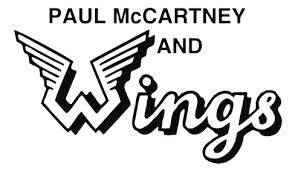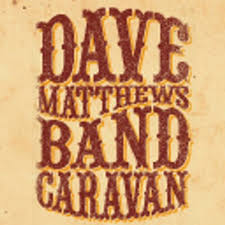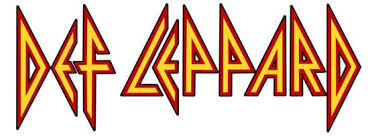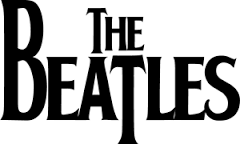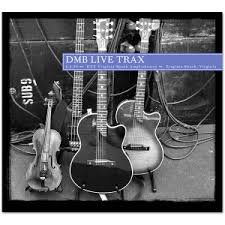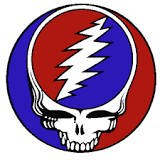So You Want To Be A Rock 'n' Roll Star - Band Name & Logos 101 - Strategies That Have Proven Successful
A distinct band name and logo that can function on their own, combined with federal trademark registration can equal multiple band trademark assets. These can offer strong legal protections against infringement and additional licensing and revenue opportunities.
Band trademarks can take on various forms and offer infinite potential. A proactive strategy can help you both control the use of your art and likeness via trademark registration and maximize trademark licensing potential.
Can You Trademark Your Band's Name?
The most common intellectual property asset that a band owns is its name. That is, the name of the band as typed in standard characters, without any color, style, or font specifications.
When selecting a band name, you want to avoid one that is too similar with another band's name. If your name is too similar, you may not be able to register your band's name as a trademark. In addition, you can be sued and forced to stop using the name. This can be costly, both in legal expenses and in trying to market your band's new name to existing fans, while explaining that it is actually the same band with a different name.
If, you have already selected a name that may be similar to another bands, and you use this name continuously without issue for an extended period of time, you may have established enough rights in the name to be able to qualify for trademark registration with the US Trademark Office (USPTO). A knowledge attorney can help you assess your band's specific details.
CAN YOU TRADEMARK A PERSONAL NAME?
An artist using their personal name on its own as part of the band name must meet a high burden in order to receive federal trademark registration. Artists including Paul McCartney, Dave Matthews Band, Bruce Springsteen & The E Street Band and Taylor Swift have trademarked their name in connection with the goods and services they provide, i.e. musical recordings, performances, merchandise, etc.
TRADEMARKING A PERSONAL NAME IN ANY CAPACITY IS A DIFFICULT HURDLE.
Under U.S. trademark law, in order to function as a trademark and therefore receive federal trademark registration, the personal name of a living individual must identify the source of the services provided by the person named in the trademark.
One core principle of trademark law is preventing consumer confusion. As a result in order to trademark a personal name you must
- actually be the person named in the trademark applied for or have their consent and
- show that your name has acquired distinctiveness also known as secondary meaning, a challenging burden.
TRADEMARKING A BAND LOGO CAN TAKE TWO COURSES
Logos can offer a band numerous benefits both from a marketing standpoint and a legal one. While design possibilities are infinite, in my opinion there are just two kinds of band logos -
Those that contain the band name and those that don’t.
The more unique your logo, the more distinct it is considered under trademark law and the more protectable it is. Clearly there is a balance between the two, your logo still needs to be marketable.
DISTINCT BAND LOGOS THAT HAVE THEIR OWN TRADEMARK AND IDENTITY.
A logo that can serve as an identity on its own without the band name is more valuable than one which is only recognizable when used along with the band’s name. The logo becomes a distinct indicator that the band is the source of goods or services bearing that design trademark, while not featuring the band's name itself.
By creating a logo that can function on its own you are increasing brand management options to market your band while also creating additional revenue stream possibilities and licensing opportunities.
Dave Matthews Band’s fire dancer logo has been in use since the band’s early days in Charlottesville, VA. According to Alex Stultz, who has run all things DMB merchandise since the beginning, it is not only their longest running, but also best selling design.
The Grateful Dead's Mickey Hart has stated that the band has long been weary of licensing their namesake or logos. "You didn't want to turn the Dead into a knickknack-trinket business." However, Hart went on to say, "Times and attitudes have changed."
Many of these licensing opportunities are possible only because of the foresight to create multiple logos which are distinct and function as trademarks on their own.
Creativity + Trademark Protection = Infinite Licensing Possibilities
An inclusive and proactive brand management strategy for your band should include trademark protection for your band name or personal name. At any time a band can create a logo which does not include the band name, tripling potential licensing and consumer recognition.
A strong trademark strategy tailored to your band can give you the option to promote and license your band trademarks with the band name alone, the band logo by itself, or a combination of both.
